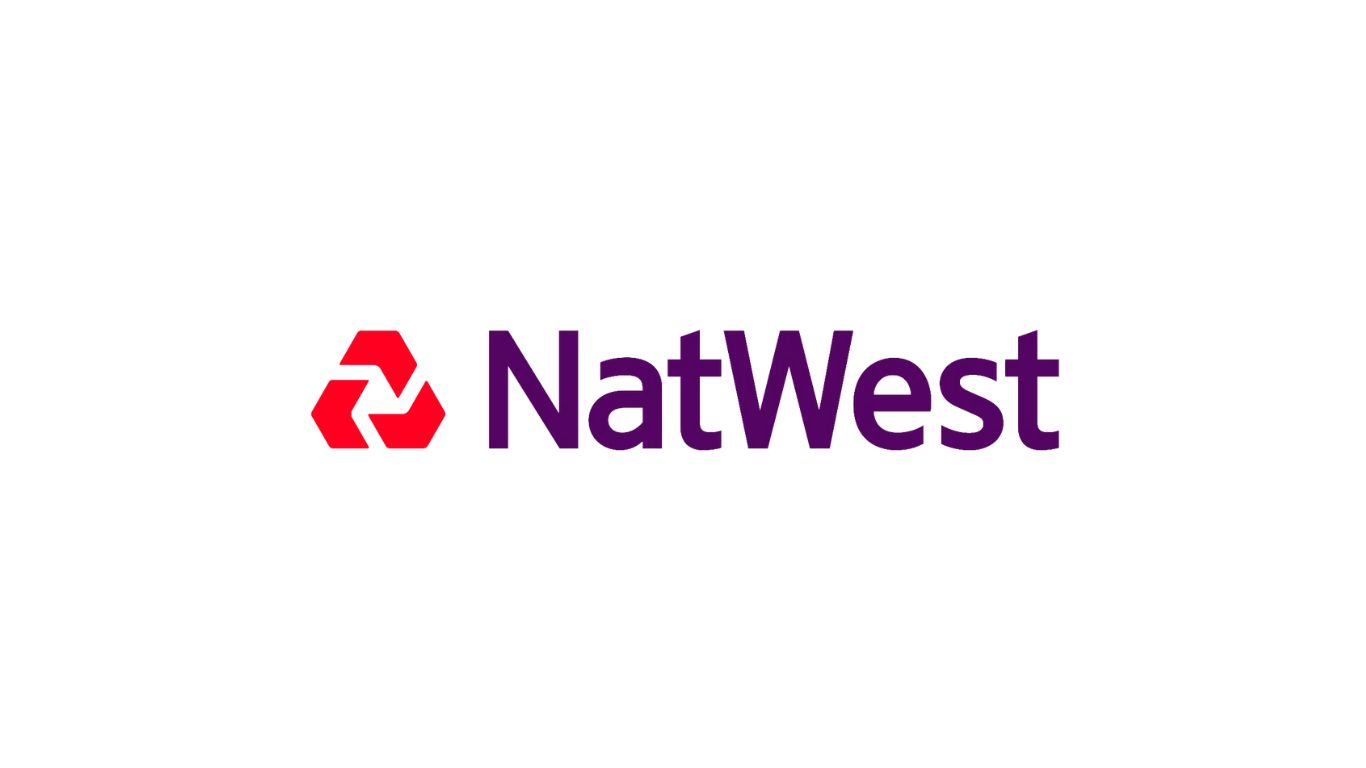NatWest Market Insights: Liberation Day Quick Take

Let The Negotiations Commence
Trump’s reciprocal tariff announcement came on the harsher side of our expectations. While we did anticipate a 10% universal minimum tariff (UMT), which was rolled out, Trump’s tariff regime includes significantly higher tariffs for most major trading partners. The President announced that China would face a 34% tariff increase, Japan a 24% increase, the EU a 20% increase, and the UK would face the minimum 10% increase. Notably, Canada and Mexico were not included in the reciprocal roll out for now. A 10% UMT on all nations will take effect April 5th, and additional tariff above that level for select countries will into effect at 12:01AM on April 9th. In each case, countries have time to negotiate lower tariff levels. The full White House announcement is here (link).
The April 2nd announcements were largely focused on the reciprocal tariff regime. Many other flashpoints that we felt could be announced today were not included. Excluded today were any additional updates on sectoral tariffs, outside of the auto tariff orders that are scheduled to take effect tonight at midnight per last week’s order. Section 232 reports on Copper and Lumber/Timber that are confirmed to be in progress were not acted on today. Certain goods were specifically excluded from reciprocal tariffs, including energy products and items subject to section 232 tariffs (i.e autos). A fresh currency manipulator report, which we expected today, was not published.
G10 currency markets have traded choppy through the announcements, with the USD mixed across the G10 but lower on balance. EUR/USD is mostly flat, GBP is a relative outperformer on a lower tariff rate than most major peers, and cross-JPY has rallied. CAD and MXN rallied on their exclusions, while AUD and NZD underperformed on their exposure to China. US equity futures fell, and USTs rallied. The CNH has weakened, with USD/CNH rallying through 7.30 to 7.33 currently.
Secretary Bessent stressed today that these levels are a “cap” – while we were surprised by the high level of tariff increases in many cases, today’s baseline could reflect a “starting point” for nations to negotiate their way down. There is, of course, the potential for retaliatory escalation to push tariffs higher as well, with the focus here most clearly on the EU and China. More broadly, we think the USD will continue to trade with nuance around tariffs – weigh on external growth but also feed concerns about US exceptionalism.
Read the full article here.
